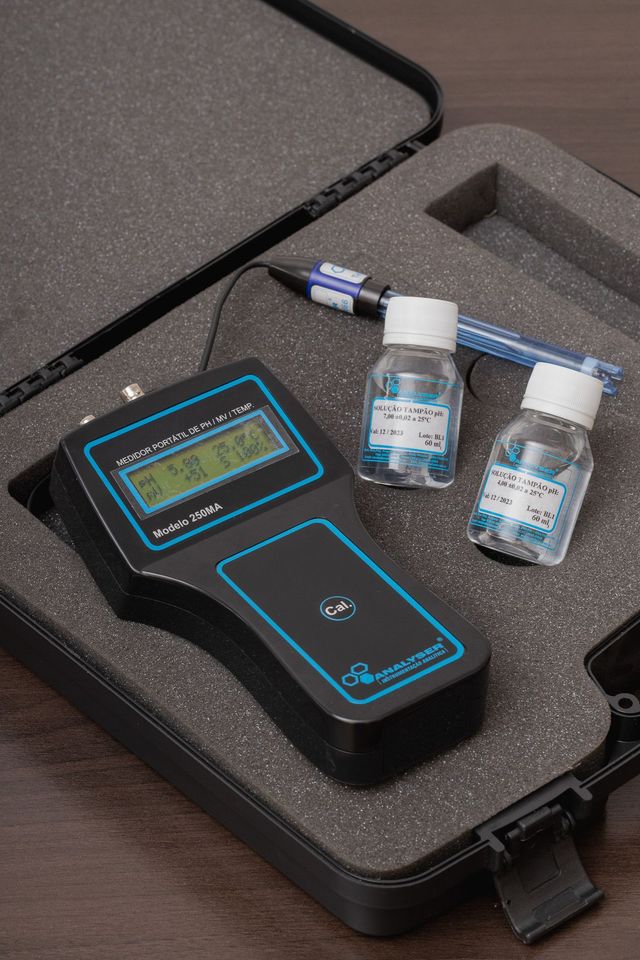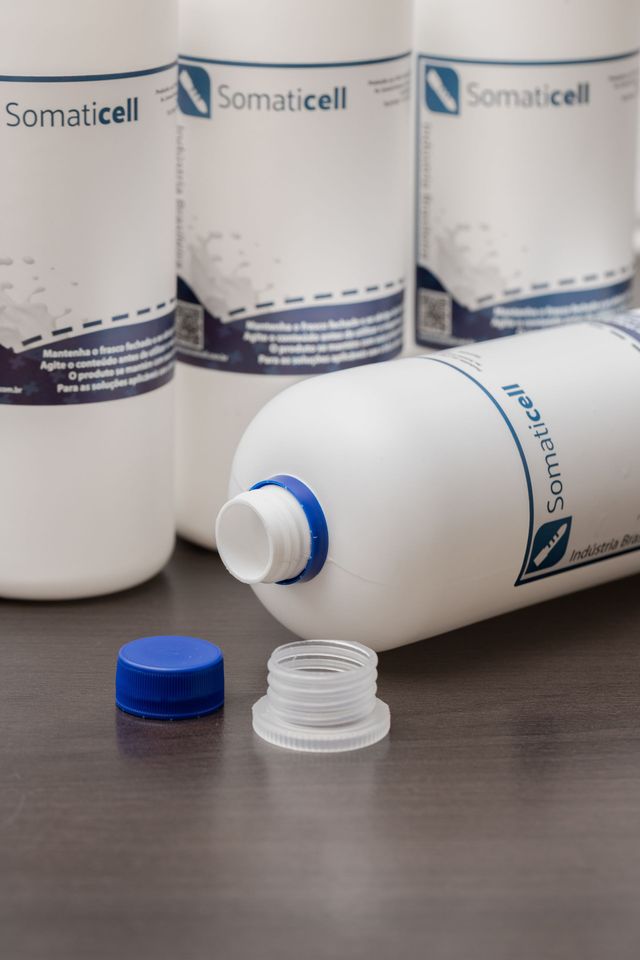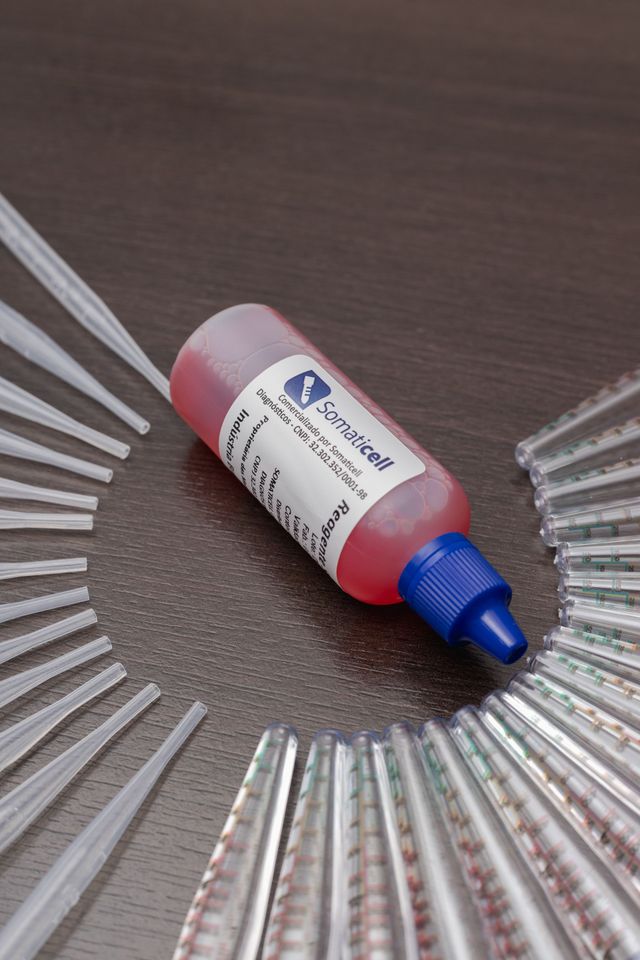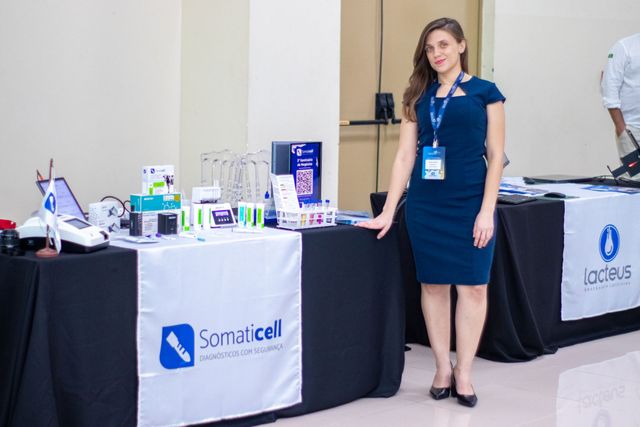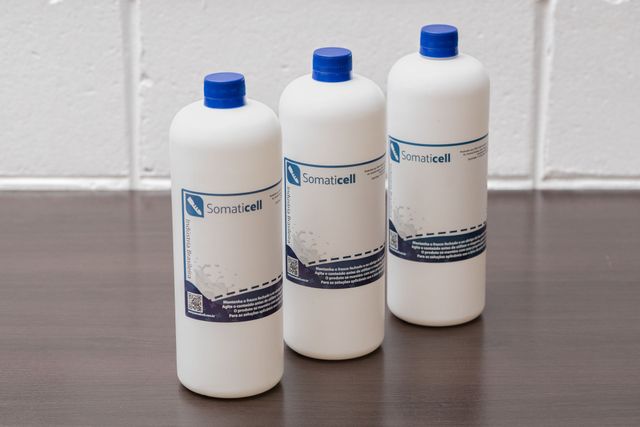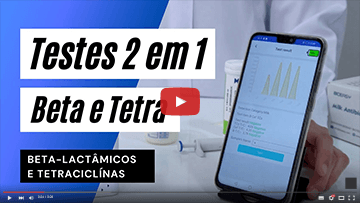Milk quality and good practices: what do current regulations say?
Guidelines that seek to ensure good practices and a standard of milk quality in the agricultural context.
With the need for changes in the normative instructions regarding the production as well as the quality of milk, the Ministry of Agriculture, Livestock and Supply (Mapa), established new guidelines to guarantee good practices and a standard of milk quality in the agricultural context.
As novas Instruções Normativas 76 e 77, publicadas em 30 de novembro de 2018 e vigoradas em maio de 2019, revogaram as antigas instruções normativas 51/2002, 22/2009, 62/2011, 07/2016 e 31/2018. As IN 76 e 77 têm como objetivo fixar novas regras para instruir profissionais envolvidos na produção, transporte e armazenamento de laticínios, sobre as boas práticas neste nicho, mas também sobre a melhoria no padrão de qualidade do leite.
But what do the current normative instructions say? To solve the doubts of professionals in the milk production chain, in this article, we separate some information about the current regulations IN 76 and IN 77, so keep reading and stay in the know!
- What are the objectives of Normative Instructions 76 and 77?
- What do Normative Instructions 76 and 77 define?
- Main questions and answers
What are the objectives of Normative Instructions 76 and 77?
The main objective of the Normative Instructions in force (76 and 77) are related to good practices, but also to the quality of the milk during its production.
The IN 76, aims to deal with aspects related to the Technical Regulations that establish the identity as well as the quality characteristics that must present refrigerated raw milk, pasteurized milk and type A pasteurized milk. 1} establishes criteria and procedures for the production, packaging, conservation, transport, selection and reception of raw milk in establishments registered with the tax inspection services.
Some concepts involved in normative 77 are related to good agricultural practices, standard plate count, dairy farm, type A milk, Brazilian Network of Milk Quality Control Laboratories - RBQL, direct expansion tank, community tank, among others .
Let's clarify further what these regulations bring, but also what they establish for professionals in the milk production chain. Read on!
What do Normative Instructions 76 and 77 define?
For the production chain to be more competitive and efficient, the milk produced in the country must follow some minimum quality parameters. Thus, in general, these NIs show the importance of the health of dairy herds and the self-control programs (PAC) maintained by the establishments. Next, we will see in more detail the main points addressed in IN 76 and 77:
Production
Starting with the productive stage, the first point is related to the detailed definition of self-control programs (PAC). What before inspection service inspectors needed to charge, is now regulated in a clearer approach. That is, IN 77 lists each point that dairy self-control programs will address.
According to her, the PAC must address the health status of the herd, in addition, plans for the qualification of milk suppliers, selection and training programs for transporters, registration systems for transporters and producers, including georeferencing, in addition to describing all the collection, transfer and cleaning procedures for isothermal tanks, trucks, hoses and others used in the collection and transport of milk to the dairy.
No campo, a sanidade do rebanho leiteiro deve ter um acompanhamento por um médico-veterinário, que deve realizar o controle sistemático de parasitoses, bem como o controle sistemático de mastites e o controle de brucelose (Brucella abortus) e tuberculose (Mycobacterium bovis), respeitando normas e procedimentos estabelecidos no Regulamento Técnico do Programa Nacional de Controle e Erradicação da Brucelose e Tuberculose Animal. Ou seja, este plano deve contemplar a assistência técnica e gerencial, bem como a capacitação de todos os seus fornecedores, com foco na gestão da propriedade e implementação das boas práticas agropecuárias. Além disso, as indústrias devem manter, como parte de seu programa de autocontrole, um plano de qualificação de fornecedores de leite.
Storage
Em relação ao armazenamento de leite na propriedade, a normativa estabelece que o leite deve ser coado antes de ir ao resfriador. Nesta etapa, a IN 77 se alinha ao novo RIISPOA, estabelecendo que o leite deve ser filtrado antes de ir para o resfriador.
IN 77 allows only two types of systems: direct expansion coolers and/or plate coolers. It also provides that the maximum cooling temperature must be 4,0°C and the milk must leave the production site to the community tank, if any, in cans with the producer's identification, with the receipt of previously refrigerated milk being prohibited . Refrigeration systems must be dimensioned in order to reach 4oC in up to 3h.
Collection and transportation
Also in line with the new RIISPOA, milk traceability is established during collection using an isothermal tank car. A milk sample must be collected from each individual or community-use refrigeration tank, prior to capture, identified and preserved until reception at the establishment.
The time elapsed between milk collections on rural properties must not exceed 48hrs. In addition, the transport of milk in cans at room temperature is still allowed provided that it is delivered to the processing establishment within two hours after the end of each milking.
With regard to bulk transport, the addition of 3o C is valid until the dairy product is received, where the maximum temperature must be 7o C. Only in exceptional cases, the temperature upon receipt may be a maximum of 9the C.
This condition allows greater flexibility in cases of natural disasters, obstruction of roads or any other situation that escapes everyday life. It is also allowed to deliver unrefrigerated milk as long as it is done within 2h after milking.
Reception
The temperature of refrigerated raw milk when it is received by the establishment has been reduced, and now it must not exceed 7,0°C, accepting, exceptionally, receipt up to 9,0 °C. This flexibility is important in cases of obstruction of roads due to natural disasters or strikes, for example.
Improvement
The establishment must carry out the daily control of the refrigerated raw milk in each compartment of the transport vehicle's tank, analyzing:
I – temperature (except for cans delivered without refrigeration);
II – alcohol/alizarol test at a minimum concentration of 72% v/v;
III – titratable acidity (0,14 to 0,18 g lactic acid/100ml);
IV – cryoscopic index (between -0,530°H and -0,555°H);
V – relative density at 15°C (1,028 to 1,034 g/cm3 for whole milk);
VI – fat content (minimum of 3% for whole milk);
VII – total solids content and non-fat solids content;
VIII – presence of acid neutralizers;
IX - presence of density or cryoscopic index reconstitutors;
X – and presence of conservative substances.
Além disso, deverá ser realizada a análise de resíduos de antibióticos: a cada recebimento será feita a análise de no mínimo dois grupos de antimicrobianos, e em frequência determinada pelo programa de autocontrole do estabelecimento, realizar-se-á a análise do leite para todos os grupos de antimicrobianos para os quais existam métodos de triagem.
Still in relation to laboratory tests, chapter VIII of IN 77 deals with milk analysis by the Brazilian Network of Milk Quality Control Laboratories - RBQL, determining that the following parameters be analyzed monthly:
I – fat content;
II – total protein content;
III – anhydrous lactose content;
IV – non-fat solids content;
V – total solids content;
VI – somatic cell count;
VII – standard plate count;
VIII – residues of products for veterinary use;
IX - and others that may be determined in a complementary rule.
Thus, according to the new legislation, among the physicochemical parameters, only the cryoscopic index has changed, and is now in line with the new RIISPOA, which can range from -0,530°H to -0,555°H.
Changes in microbiological counts
Microbiological counts underwent some changes related to their parameters, according to IN 76:
- O leite cru refrigerado de tanque individual ou de uso comunitário deve apresentar médias geométricas trimestrais de Contagem Padrão em Placas (CPP) de no máximo 300.000 UFC/mL e de Contagem de Células Somáticas (CCS) de no máximo 500.000 CS/mL. Contudo, antes do seu processamento no estabelecimento beneficiador é permitido o limite máximo para CPP de até 900.000 UFC/mL;
- Raw milk intended for the manufacture of type A milk and its derivatives must have quarterly geometric averages of CPP of a maximum of 10.000 CFU/mL and of CCS of a maximum of 400.000 CS/mL;
- The processed milk will only have a single parameter, which will be the same for both pasteurized milk and type A pasteurized milk: the enterobacteria count. This count must be a maximum of 5 CFU/ml.
Previously, analyzes were restricted to coliforms, however, the presence of this group of microorganism (enterobacteria) makes it possible to assess the harmlessness and hygienic quality, in addition to the deterioration status of foods, and is therefore more comprehensive.
In short, the classification of pasteurized milk according to its percentage of fat will remain the same. however, with an important update: whenever there is standardization, the percentage of fat must be indicated in the main panel of the label, next to the sales denomination and highlighted. This condition will provide greater transparency to the consumer, allowing him to know the exact percentage of fat that the product provides. For more details, access the INs in full:
- Da produção até a recepção no laticínio: IN 77/2018
- Da entrada no laticínio até expedição:
IN 76/2018
Main questions and answers
The Ministry of Agriculture, Livestock and Supply (Mapa) released a booklet that aims to clarify the main doubts about the quality of milk. It was prepared with 28 questions and answers related to normative instructions n° 76 and 77/2018. Among the main doubts, we will highlight some, and if you are interested in reading the booklet in full, we will provide the link to access it at the end of this topic!
According to article 3 of Normative Instruction No. 77/2018, should every rural property hire a veterinarian to permanently monitor the herd?
No, a permanent contract is not necessary. The veterinarian can provide occasional assistance and be hired by the rural property, by the industrial establishment, by a producer association or by rural extension agencies.
How will the evaluation of the Producer Qualification Plan be carried out?
The inspection service, upon official document verification, will verify that the Plan includes all the items set out in article 8. But it was also formulated in accordance with the items of good agricultural practices set out in Article 9.
In addition, the Division of Production and Agricultural Development of the Federal Superintendence of Agriculture - SFA (DPDAG-SFA) where the establishment is located will analyze and monitor the execution of qualification plans for milk suppliers through on-site audits. . The details of the internal procedures between the SIF and the DPDAG will be regulated in a supplementary document.
Must all producers with ties to the community tank register with SIGSIF?
No. As the sample from the community tank to be sent to the Brazilian Milk Quality Network is unique, only the owner of the tank must register with SIGSIF. The other producers using the tank must be included in the establishment's bulk collection program.
Is it possible to use alternative methods that are not validated by MAPA to carry out milk analysis?
Yes, with the exception of cryo index analysis. According to article 35 of IN º 77/2018, non-validated methods can be used as long as the establishment has records of the correlation between the method used and the official method. Including its deviation, its measurement uncertainty, its correlations and corrections in relation to the official method. These records may be determined by the establishment, but may also be made available by suppliers of kits, reagents and equipment.
Esses são apenas alguns dos esclarecimentos acerca das principais dúvidas que podem surgir ao longo do processo de adaptação à nova legislação. Caso você tenha outras dúvidas, pode conferir a cartilha na íntegra aqui! Além disso, precisando de um esclarecimento mais detalhado, você pode entrar em contato com um dos nossos consultores!
As you could see in this article, the normative instructions 76 and 77 brought many improvements to all stages of the milk production chain. That is, from production to the final quality criteria of pasteurized milk.
These norms are very important because they place Brazilian dairy products in a better competitive position in the national and international market, providing an increase in the income of the rural producer and also of the industry.
Se é seu desejo se adaptar o quanto antes à legislação vigente, saiba que a
Somaticell cobre 100% da detecção de todos os antimicrobianos descritos no MAPA, bem como os medicamentos à venda para bovinos no Brasil. Dessa forma, garantimos a cobertura completa das demandas técnicas e com preços muito competitivos.
Solicite agora um orçamento!
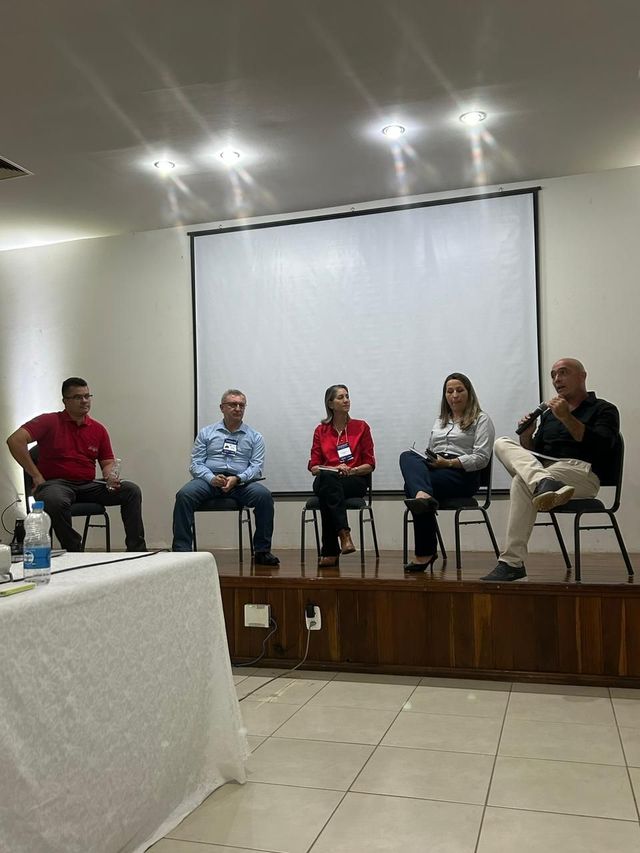
Conheça nosso App
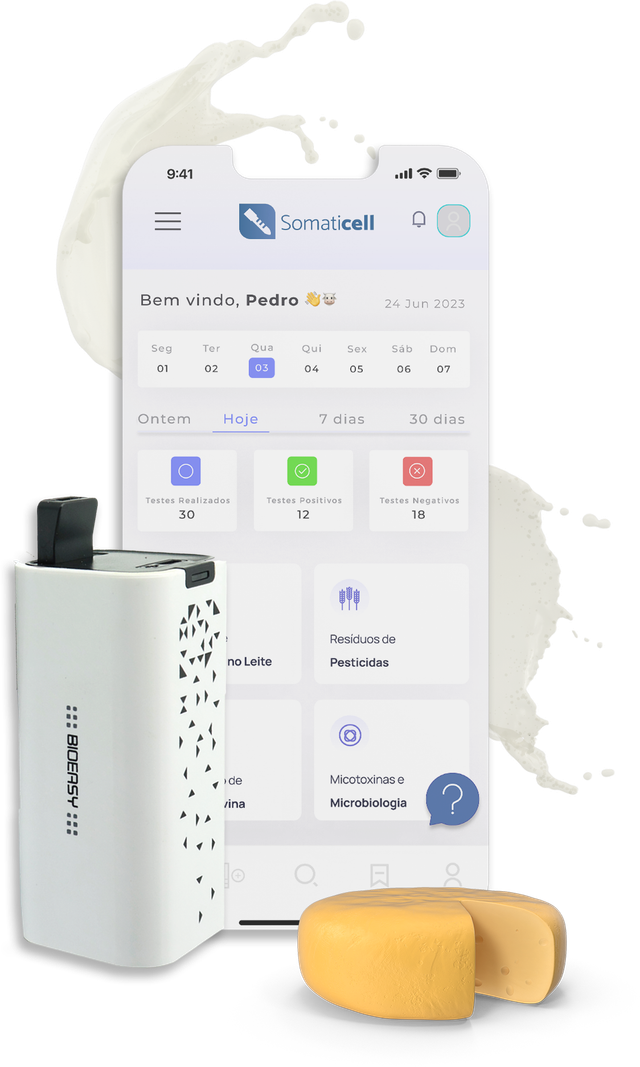
Our Educational Videos
Somaticell on Social Networks




